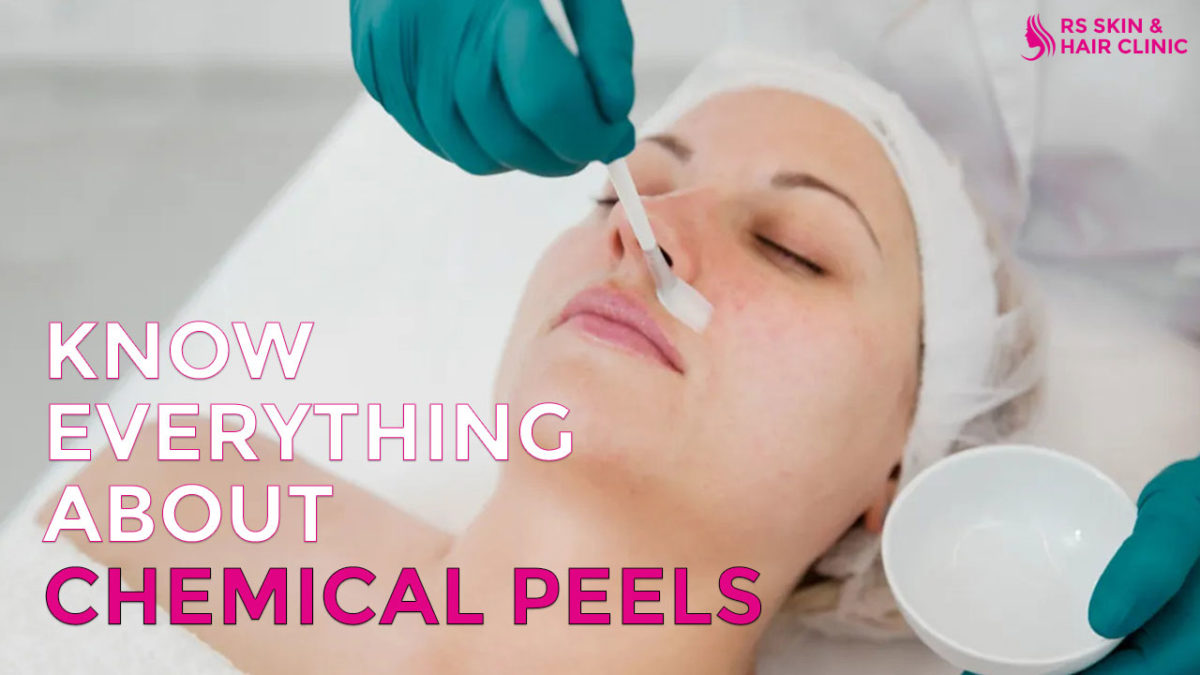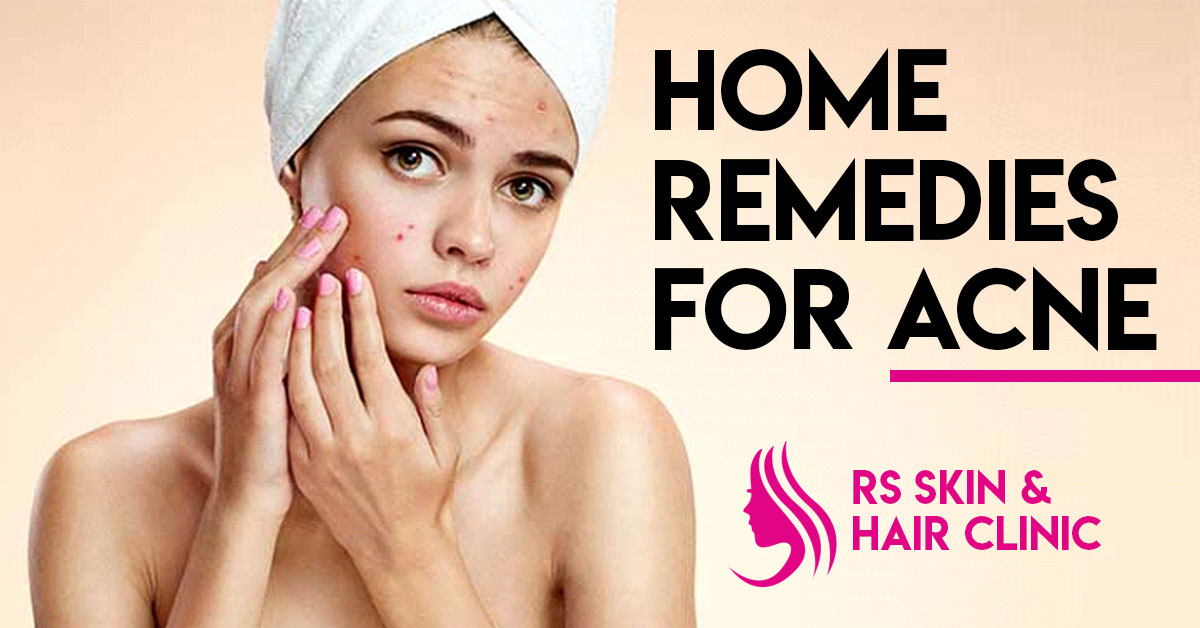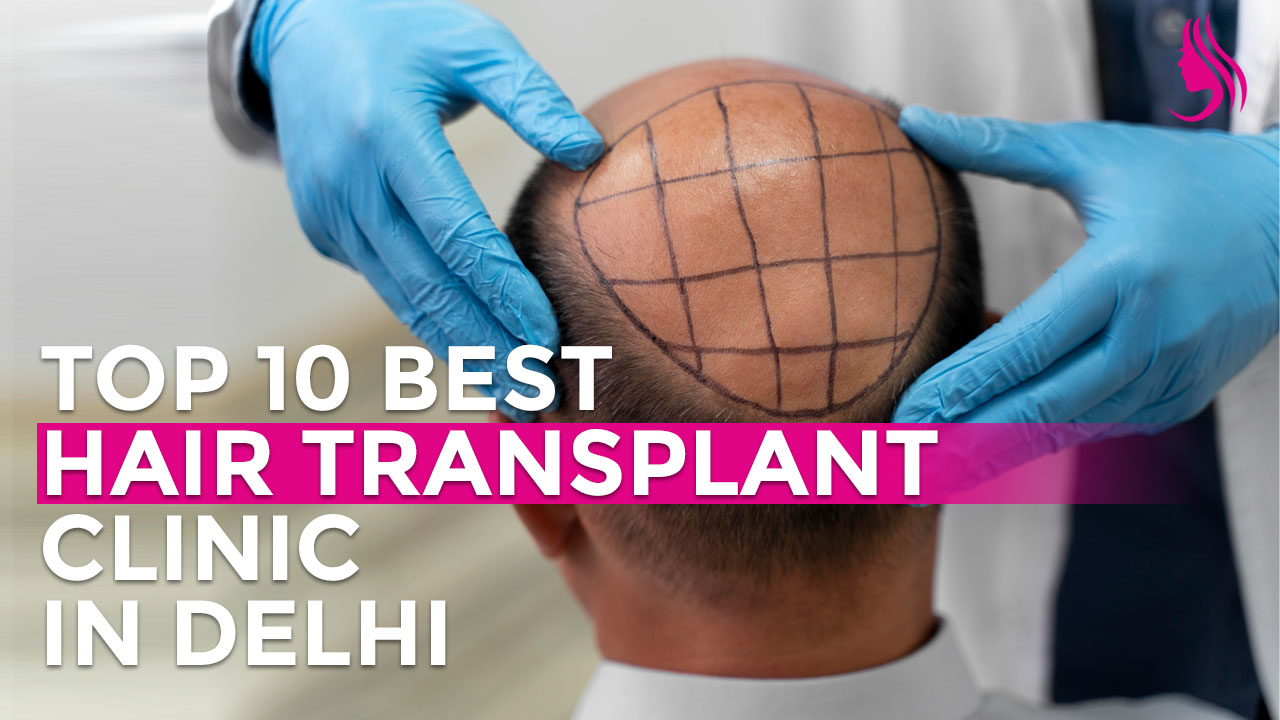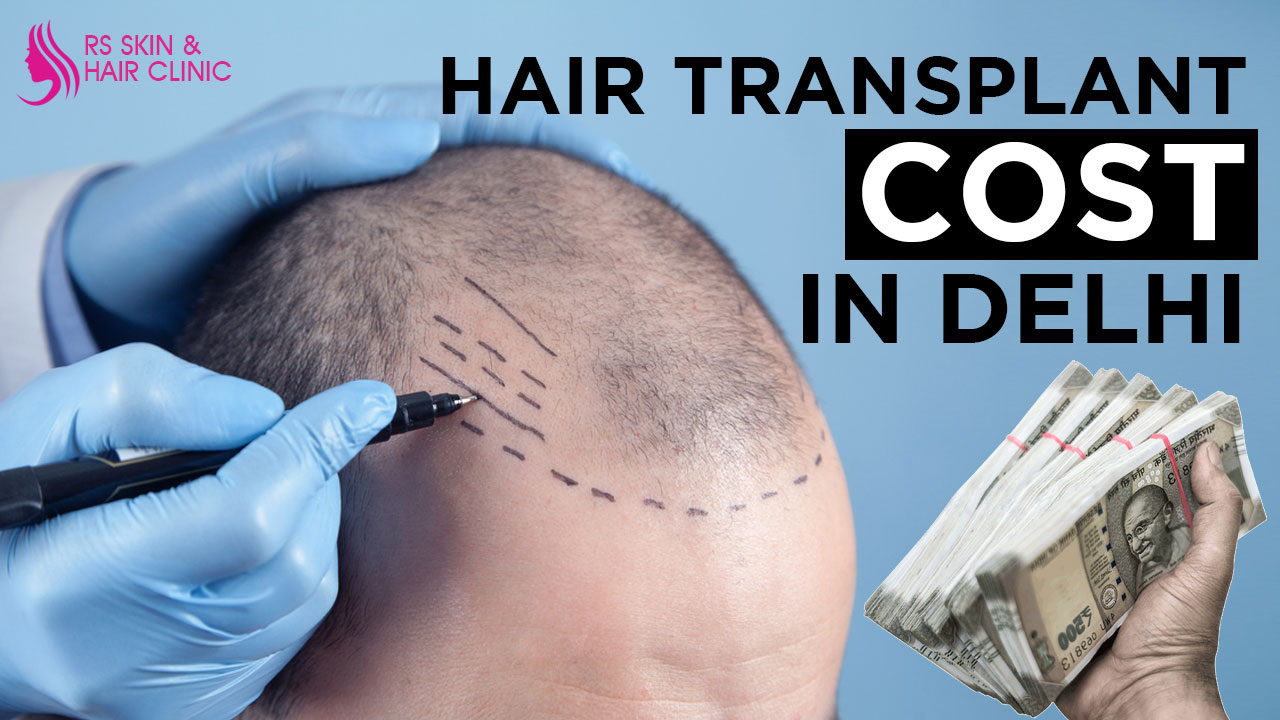Chemical peeling is an application of a chemical agent on the skin, which causes controlled destruction of a part or entire epidermis with or without dermis, leading to exfoliation and removal of superficial lesions followed by regeneration of new epidermal and dermal tissue.
Basic Principle
- To cause injury to the required depth allowing regeneration to take place without causing permanent scarring.
- The action of peeling depends on penetration, necrosis & inflammation.
- It leads to smoother skin with improved texture, reduced pigmentary irregularities & good cosmetic results.
Peeling Agents
- Alpha hydroxy acids (fruit acids)
- Monocarboxylic acid-glycolic acid, lactic acid
- Dicarboxylic acid-malic acid and Tricarboxylic acid-citric acid
- Beta hydroxy acids- salicylic acid
- TCA
- Alpha keto acids- pyruvic acid
- Resorcinol
- Jessner’s solution
- Retinoic acid
- phenol
Factors Affecting Peel Depth
- Peeling Agent
- The concentration of the peeling agent
- Duration of contract
- Method of priming
- Method of decreasing
- Characteristics of patient’s skin
- Location of peel
Mechanism of Action
- Thinning of S. corneum with thickening of epidermis by stimulation of epidermal growth.
- Destruction of damaged skin and replacement by normal tissue
- Induction of inflammatory response causing remodeling of collagen and elastic fibers in dermis.
- Destruction-inflammation-granulation tissue formation-angiogenesis-collagen remodeling-re epithelization.
Indications
- Dyschromias
- Freckles
- Lentigines
- Melasma
- PIH
- Acne
- Comedonal
- Acne excoriee
- Acne cosmetica
- Post acne pigmentation
- Superficial mild post acne scarring
- Cosmetic
- Fine wrinkling
- Photoaging
- Moderate actinic damage and actinic keratoses
- Seborrheic keratosis
- Dilated pores
Pre Peel Evaluation
- Detailed history of condition to be treated, occupation to assess level of sun exposure, hormonal usage, tendency of PIH, abnormal scarring, immunosuppression, smoking and herpes simplex.
- Quality, texture, and skin type to be noted
- Details of procedure, recovery time & complications should be discussed prior to peeling.
- Written informed consent and photographs are essential requirements.
Pre Peeling Priming
- Priming is preparing the skin for peeling, don at least 2 weeks prior peeling.
- Advantages-
- Decreases the risk of PIH.
- Reduced wound healing time.
- Facilitating uniform penetration of the peeling agent
- Detection and tolerance of any agent likely to be used for maintenance therapy
- Enforcing patient compliance
Procedure
- Face wash with soap and water
- Eyes are closed and ears are plugged
- Surgical cap to pull back n cover hair
- Face is cleaned with spirit and then degrease with acetone
- Sensitive area like inner canthus of eye, nasal alar junction and lips are protected with petrolatum.
- Applied either with brush, cotton-tipped applicator or gauze piece.
- Quickly applied, beginning from forehead, rt cheek, nose, lt cheek and chin. Perioral, upper and lower eyelids are treated last
- Patient experiences a stinging or burning sensation that subsides gradually.
- Peeling agent and neutralizing agent should kept ready.
Post Peel Care
- For TCA peels, endpoint is frosting. Once frosting occurs neutralize the peel. skin is then gently dried with gauge and wash with copious amount of cold water till burning subsides. Face is patted dry and sunscreen is applied before the patient leaves the clinic.
- very superficial peels-only mild exfoliation is visible
- Superficial-edema, erythema, and desquamation lasts for 1- 3 days.
- Excessive erythema-mild steroid cream can b applied.
- Excessive dryness-emollient could b applied
- Deep peels-skin becomes dark brown and starts peeling (5-7 days)
- Complete re epithelization takes 7-14 days.
Maintenance
- Chemical peel has to be repeated to maintain results.
- Period of repetition 3-4days very superficial;
- 1-2weeks for superficial
- 4-6 months for medium
- 1 yr for deep peel
- Superficial peel then repeated monthly for 3-6 months
- Thereafter, as and when required.




